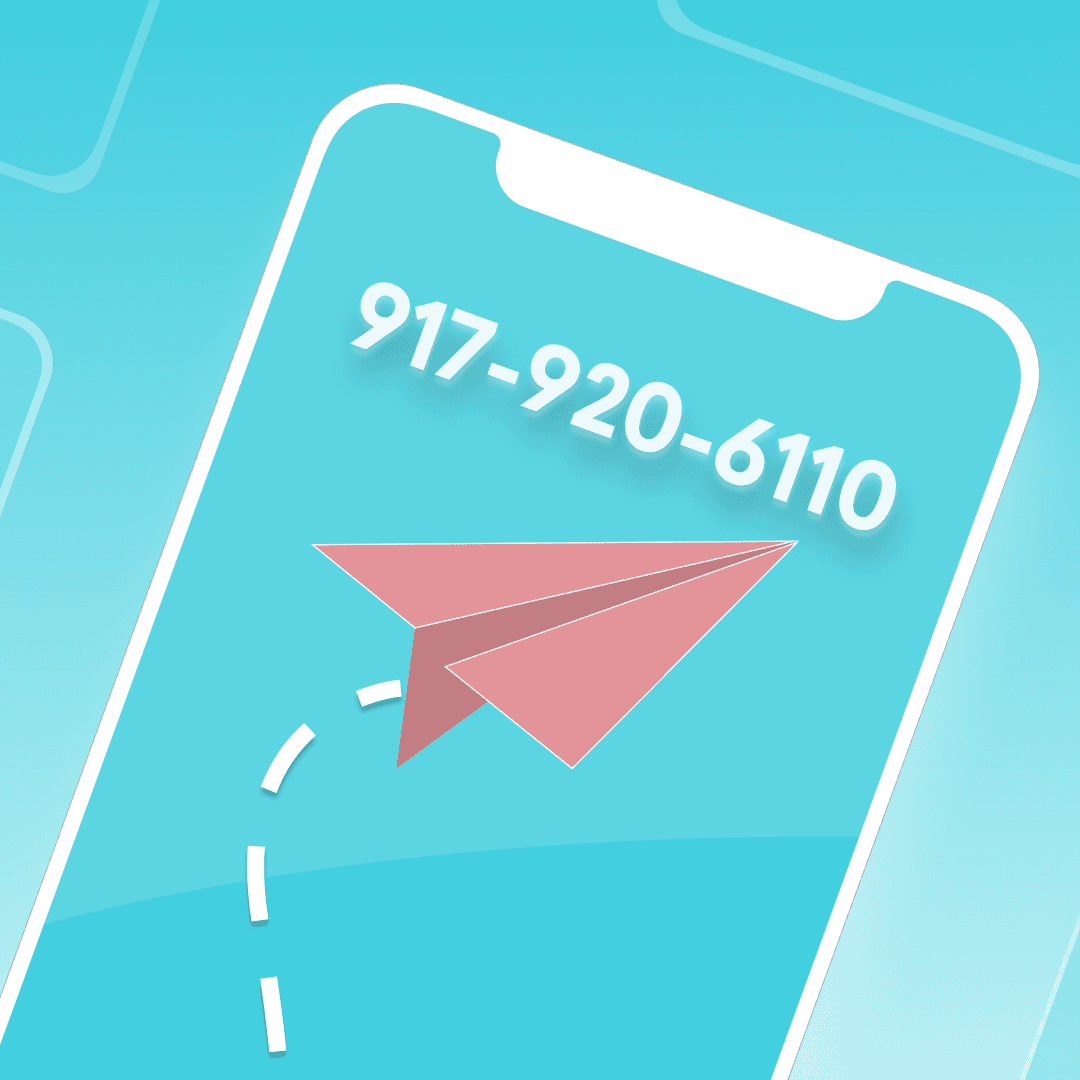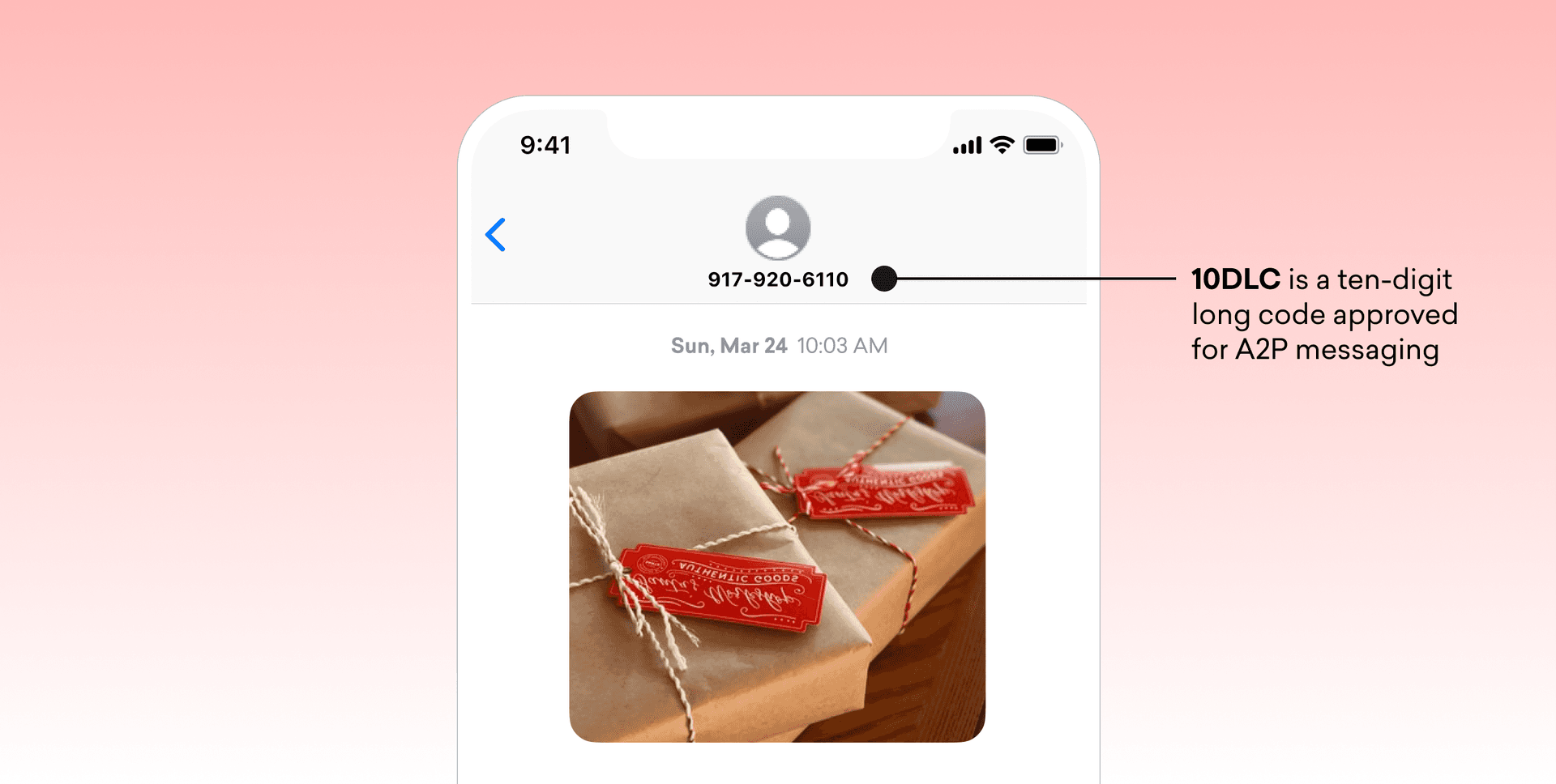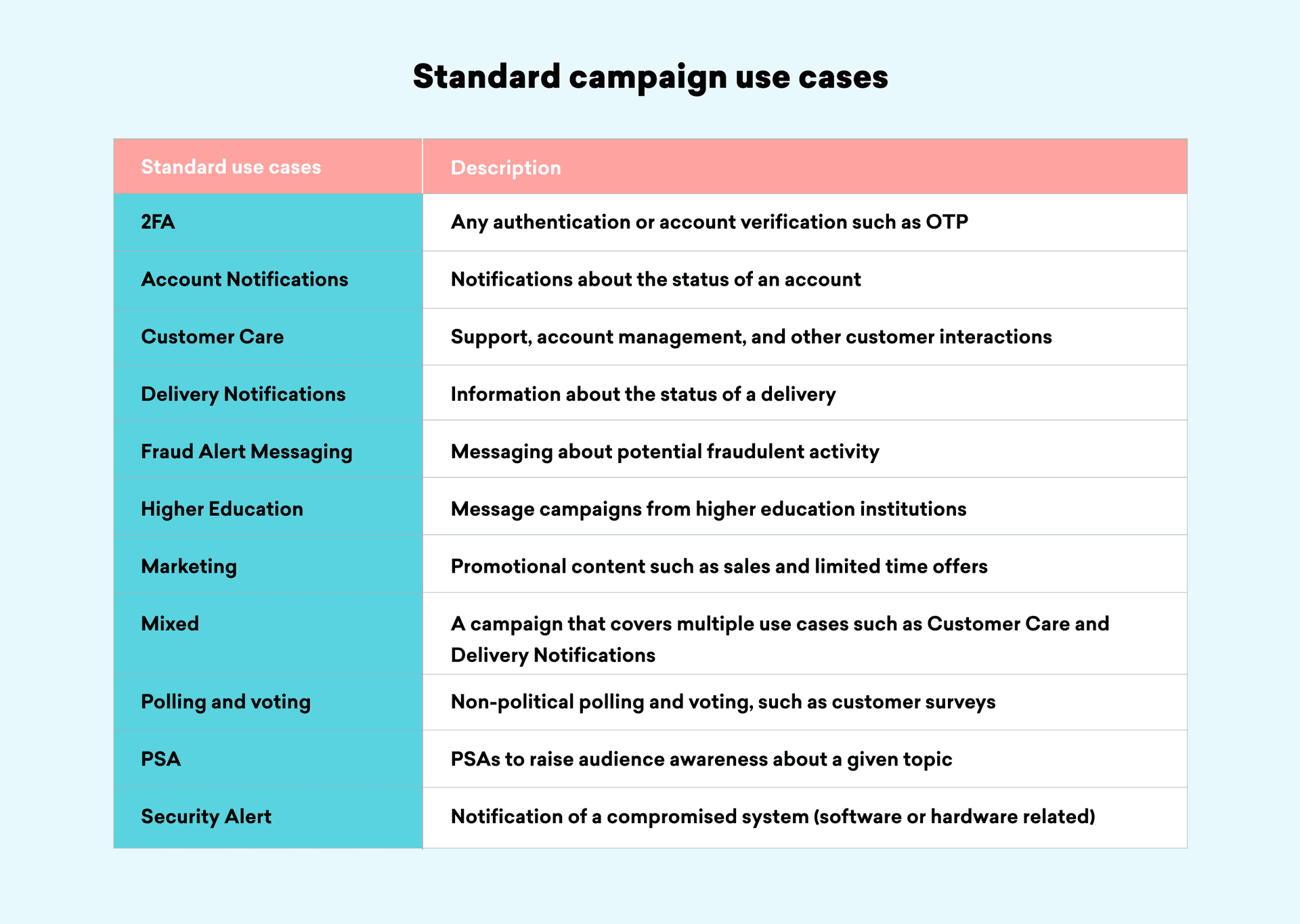How 10DLC Supports Better Customer Engagement
Published on June 25, 2021/Last edited on June 25, 2021/8 min read


Nazgul Kemelbek
Senior Product Marketing Manager, BrazeShort Message Service (SMS) marketing has been a key part of brands’ customer engagement toolkit for many years. But that longevity comes paired with innovation—over the past twenty years, we’ve seen the introduction of text-powered mobile ads, SMS shortcodes, and the introduction of major SMS-driven brand campaigns.
We’re now seeing the latest innovation in the space, namely the rise of 10 digit long code, or 10DLC. If you’re currently leveraging SMS in your customer engagement programs or are planning to add SMS to your marketing efforts, it’s worth taking the time now to ensure you understand the ins-and-outs of 10DLC and what impact it’s likely to have.
Four Key SMS Terms and Concepts
That said, to get the full picture, it’s important to make sure that you’re comfortable with foundational SMS concepts and industry terms.
- Person-to-person (P2P) messaging refers to messaging that was initially meant to be used by individuals to exchange messages with each other.
- Application-to-person (A2P) messaging is a messaging system that was developed for mass texting campaigns that exclusively leverages short codes.
- Long codes are standard 10-digit phone numbers designated for P2P communication; however, long codes have been adopted for brands as a low-cost alternative to engage with their customers. A long code can send only one message segment per second and they’re typically subject to carrier filtering and higher message rejection rates.
- Short codes are five or six digit numbers designated for application-to-person (A2P) and capable of sending a high volume of messages with the throughput that ranges from 100-300 message segments per second.
What is 10DLC?
Remember how I mentioned that long codes were originally provisioned for consumer use, but then adopted by brands for marketing purposes? Well, the introduction of the A2P ten-digit long code (10DLC) means that there’s now a new standard making it possible for brands to route SMS messages on long codes through designated application-to-person traffic. Because these messages are now being sent using a system designated for commercial (rather than personal) messages, 10DLC offers better deliverability and lower filtering risk than experienced in connection with regular SMS long codes in the past.

Because SMS messages were originally meant for person-to-person (P2P) messaging, carriers introduced short codes for commercial mass messages—however, short codes are expensive and are not always suited for the way brands build out their SMS marketing programs. As a result, long codes became widely used as a low-cost alternative, even though they tend to suffer from low throughput and long standing deliverability issues. The introduction of 10DLC solves those issues and legitimizes use of long codes for mass texting campaigns.
Why Should Brands Register for 10DLC Numbers?
It’s actually pretty simple. 10DLC numbers provide brands with the best of both worlds—higher volume and speed, but at a lower cost. Some of the major benefits of 10DLC include:
- Higher throughput for your SMS campaigns. 10DLC numbers support a higher volume of messages than regular long codes.
- Lower costs. 10DLC numbers are a budget-friendly alternative for smaller brands and companies looking to scale their SMS programs over time. Plus, brands with existing long codes can simply register those codes with 10DLC and ensure continuity of their existing SMS programs.
- Better deliverability. 10DLC numbers are designated for A2P traffic, so messages sent on these numbers are more likely to reach the recipient and are less likely to get filtered or rejected by the carrier than messages sent via regular local long codes.
- Improved compliance. Using a local long code for commercial text messaging is against the CTIA guidelines, which presents a serious compliance challenge for brands taking this approach. However, 10DLC numbers, since they’re designated for mass messaging, allow brands to stay compliant with industry regulations without relying on short codes.
How to Make the Most of 10DLC in Connection With Your SMS Marketing Program
The benefits of 10DLC are real, but brands need to be thoughtful about how they implement and leverage this new tool in order to see their full value. Let’s take a look at four key considerations when it comes to successfully implementing 10DLC and building future-proof SMS marketing.
1. Mind Your Brand Trust Score
When brands complete their 10DLC registration, they’re assigned a Brand Trust Score by TCR (The Campaign Registry), which is a third-party reputation agency for business messaging on 10DLC. TCR uses a reputation algorithm to assess each brand against specific criteria and assigns them a Brand Trust Score of Low, Medium, or High. A brand’s Trust Score— combined with their specific campaign types—ultimately determines the message throughput allocated for each brand’s SMS campaigns.
2. Understand Your Campaign Use Cases
Carriers generally refer to your SMS marketing use cases as "Campaigns." And for 10DLC registration purposes, these campaigns are broken down into:
- Standard campaign use cases
- Special campaign use cases


As part of the process, brands are required to list out all campaign use cases they plan to send via their 10DLC numbers, in order to give a picture of potential usage. For example, if your company sends authentication codes to validate new users, and marketing messages to promote your products and offer discounts, that means you’ll need to register two distinct campaign use cases.
3. Determine if 10DLC is Right for Your Marketing Goals
Because the actual throughout depends on your Brand Trust Score and the campaign use cases that you’re planning to leverage, some brands—especially ones who are prioritizing certainty and consistency across all of their SMS use cases—may find that short codes still serve their needs better. In general, brands with smaller SMS volumes and fewer active use cases are the strongest candidates for 10DLC and will likely be able to meaningfully improve their results by taking advantage of this new option.
4. Be Prepared to Ditch Your Shared Short Codes
In today’s SMS marketing landscape, we see a decent number of brands depending on shared short codes, which are short code numbers that are shared among multiple brands (i.e. Shoe Company A and Beverage Company B sending SMS messages to consumers via the same short code number). But while using shared short codes and spreading the cost of annual leasing across several brands may be compelling for cost-conscious brands, shared short codes come with real compliance and security risks. And while shared short codes have traditionally been tolerated by carriers, they’re expected to be banned once 10DLC is widely implemented, making them risky for brands with SMS marketing programs.
One exception to this anticipated ban? The use of shared short codes to send two-factor authentication (2FA) or OTP codes. Since all other use cases on shared short codes will be prohibited, customers who are sharing a short code among multiple clients or brands for any other purpose would be wise to migrate completely away from shared short codes.
5. Minimize Disruptions to Your Planned Campaigns by Being Proactive
While there is no hard deadline for customers to complete registration, we expect 10DLC to become the industry standard going forward, so don’t wait until the last minute to complete your registrations. All major US wireless carriers—serving 95% of the US audience—have adopted the 10DLC standard, and smaller carriers will follow suit later in 2021. In addition, unregistered message traffic on regular long codes will be subject to heavier message filtering and higher carrier fees going forward, so there is really no upside to waiting longer.
6. Plan for 10DLC-Associated Costs
Implementing 10DLC comes with additional carrier fees for each message sent and small application fees, compared to traditional long codes. But while it may raise a few eyebrows among budget owners at your marketing organization, the overall benefits of implementing 10DLC—smaller initial investment required, better deliverability, and, most importantly, the better quality of your customer relationships in this key channel—far outweigh any associated costs. Plus, with the implementation of 10DLC, carriers are instituting higher fees along with more stringent monitoring and message filtering on regular long codes, incentivizing brands to register their long codes to 10DLC standard.
Final Notes
10DLC is posed to shape the future of SMS marketing as this key new standard becomes widely adopted by brands. By allowing marketers to reach more customers on SMS without heavy upfront investment and provide those customers with better messaging experiences, 10DLC will make it possible to build strong customer relationships going forward in significant, meaningful ways.
Interested in learning more about SMS marketing and how the Braze platform can support exceptional SMS experiences? Check out our SMS product page.
Related Tags
Be Absolutely Engaging.™
Sign up for regular updates from Braze.
Related Content
View the Blog
The new inbox reality: How iOS changes are reshaping email marketing

Aparna Prasad

Experience optimization: Turning data insights into better journeys

Team Braze

December 2025 Bonfire Marketer of the Month: Jagex’s Emma Oliver
